Sports
Hunters Harvest 10,025 Deer During Alternative-Methods Portion
February 22nd 2018 by Dee Loflin
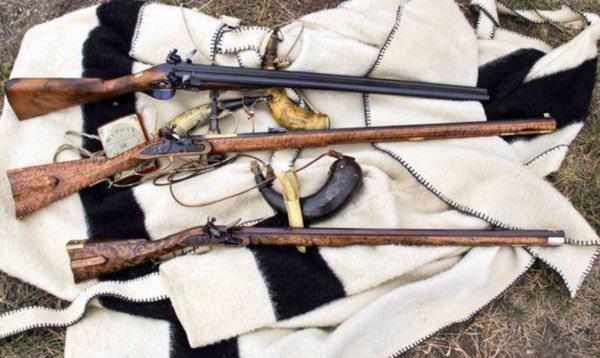
Hunters harvest 10,025 deer during alternative-methods portion
Top harvest counties: Howell with 249 deer harvested, Franklin with 215, and Oregon with 214.
Jefferson City, Missouri - Preliminary data from the Missouri Department of Conservation (MDC) shows that deer hunters in Missouri harvested 10,025 deer during the alternative-methods portion of the fall firearms deer season, which ran Dec. 23 - Jan. 2. Of the total harvest, 2,827 were antlered bucks, 1,312 button bucks, and 5,886 does.
Top harvest counties were Howell with 249 deer harvested, Franklin with 215, and Oregon with 214.
The harvest total for last year’s alternative-methods portion was 10,602 consisting of 2,787 antlered bucks, 1,496 button bucks, and 6,319 does.
Deer hunting continues for this season with statewide archery hunting through Jan. 15.
Last Updated on February 22nd 2018 by Dee Loflin
https://showmetimes.com/Blogpost/v9pj/Hunters-Harvest-10025-Deer-During-AlternativeMethods-Portion
MDC Issues Forest Health Alert for Emerald Ash Borer
February 22nd 2018 by Dee Loflin
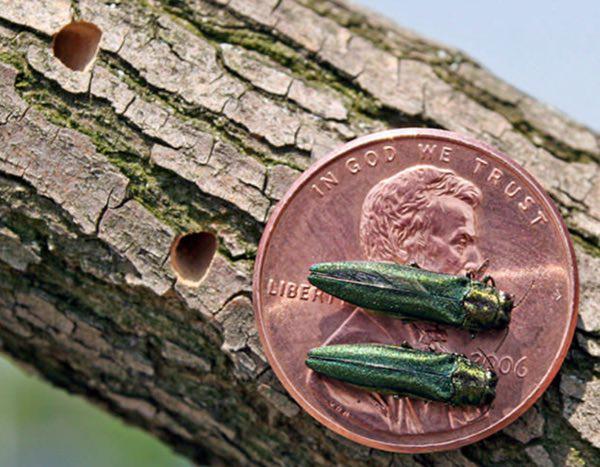
MDC issues forest health alert for Emerald Ash Borer
Tree-killing pest has spread to 42 Missouri counties, suspected in more locations.
Missouri - Forest health professionals with the Missouri Department of Conservation (MDC) advise Missourians to watch for damage from an invasive tree pest in winter months. The Emerald Ash Borer (EAB) is a small, metallic green beetle native to Asia that attacks and kills ash trees.
EAB attacks all species of ash trees, and kills nearly every tree it infests. At approximately a half-inch long, the green adult beetle feeds on leaves and does very little damage to trees. However, in its larval stage, the insect kills ash trees by feeding on the water- and nutrient-conducting tissues just under the bark.
The destructive insect has been confirmed in 42 Missouri counties, as well as the City of St. Louis, and is suspected to be present in several more locations.
MDC encourages Missourians to watch for signs of this invasive pest during winter months. While birding, watching wildlife, hiking, or enjoying other outdoor pursuits this winter, keep an eye out for bark blonding on ash trees. Bark blonding is caused by woodpeckers removing a tree’s outer bark while searching for insect larvae. On ash trees, this feeding activity reveals a white inner bark that is highly noticeable. Ash trees with bark blonding may not have EAB, but it is certainly worth reporting these trees for a closer look by trained foresters.
“EAB is estimated to cost Missourians more than $180-million in tree treatments, removals, and replacements over the next 20 years,” said MDC Forest Entomologist Robbie Doerhoff. “If you have a healthy, high-value ash tree in your yard, it can be treated with insecticides that will protect it from EAB. However, these treatments can be expensive and must be applied every year or two to guarantee protection. For some ash trees, the best option is removal and replanting with a different species such as an oak native to Missouri.”
MDC encourages Missourians to help prevent the spread of this destructive pest by learning to identify signs of EAB and reporting possible infestations in counties where EAB has not yet been confirmed.
Last Updated on February 22nd 2018 by Dee Loflin
https://showmetimes.com/Blogpost/v9pk/MDC-Issues-Forest-Health-Alert-for-Emerald-Ash-Borer
Winona Man Gigs State-Record Northern Hog Sucker
February 22nd 2018 by Dee Loflin
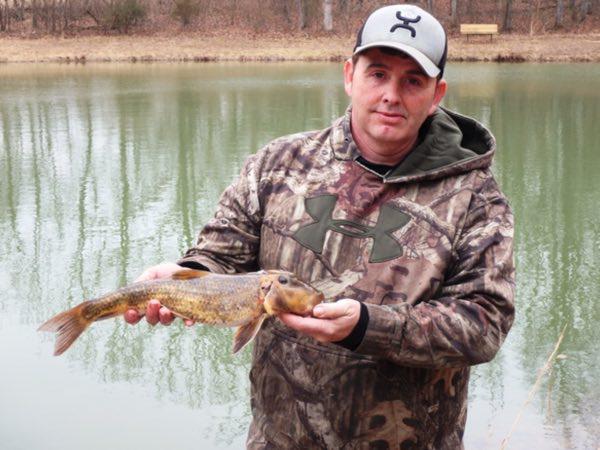
Winona man gigs state-record northern hog sucker
MDC congratulates Richard Bradshaw on breaking the state record by gigging a 2-pound, 12-ounce northern hog sucker on the Current River.
Carter County, Missouri - The Missouri Department of Conservation (MDC) reports Richard Bradshaw of Winona became the most recent state-record-fish breaker in Missouri when he gigged a northern hog sucker on the Current River in Carter County. The new “alternative method” record fish caught by Bradshaw on Jan. 27 weighed 2 pounds, 12 ounces with a length of 18.6 inches. Bradshaw’s recent catch broke the previous state record by 4 ounces.
MDC staff verified the northern hog sucker’s weight on a certified scale in West Plains. This is the first state-record fish of 2018.
Missouri state-record fish are recognized in two categories: pole-and-line and alternative methods. Alternative methods include: throwlines, trotlines, limb lines, bank lines, jug lines, spearfishing, snagging, snaring, gigging, grabbing, archery, and atlatl.
Last Updated on February 22nd 2018 by Dee Loflin
https://showmetimes.com/Blogpost/v9q6/Winona-Man-Gigs-StateRecord-Northern-Hog-Sucker
Human, Muskrat Relationship Status: It's Complicated
February 07th 2018 by Dee Loflin
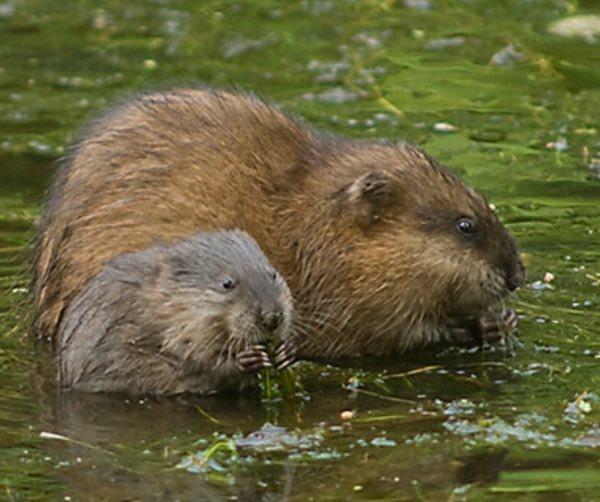
Missouri - They’re cute, fuzzy and love water, but muskrats can sometimes be a nuisance. Biologists with the Missouri Department of Conservation (MDC) say landowners who find leaks in their pond or holes in their dam often find the perpetrator is a muskrat, or a whole local population of muskrats.
Muskrats are short legged mammals, with grayish dark-brown hair, and black, scaly, hairless narrow tail that can be nearly a foot long. An adult muskrat averages about 2.5 pounds, which is drastically smaller than their distant relative the beaver. Beavers can weigh up to 50 pounds. Muskrats reproduce quickly, breeding from spring to fall and having several litters of four to seven young.
Muskrats live near water, around marshes, ponds, and slow-moving streams. They’re nocturnal, but will sometimes roam about during the day. They primarily eat aquatic plants, but they will also eat legumes, grasses, grains, garden crops, apples, crayfish and mussels. Although muskrats may damage some agricultural crops near the water, their usual crime scene includes damage to dams and levees.
“Muskrats don’t intend to do damage, they’re looking for banks that are next to water, but leaks occur when they burrow into levees to build a home,” said Christopher Kennedy, MDC fisheries regional supervisor. “Although muskrats are skilled architects when it comes to building their own homes, they sometimes choose home locations that are in or around expensive infrastructure. When they choose a pond bank, or levee, it causes problems.”
Muskrat burrows start under water, then rise to a chamber hollowed out above the water level. If a population of muskrats are detected, there are several options to reduce their numbers.
One option is to reduce the amount of aquatic vegetation in and around the pond. Since muskrats are especially attracted to ponds containing aquatic vegetation, reducing these plants can help reduce muskrat numbers. Cattails, burr weed, and arrowhead are all plants that are favored by muskrats. If muskrat control is the main goal, then these weeds must be held to a minimum.
Trapping is an inexpensive and easy method to control muskrats. Muskrats can be trapped using a small conibear, or foot-trap. Traps that are set in runways or den openings can be productive. The trap should be suspended under water and be braced and tied to one or two stakes. This is a lethal method of removing the muskrats. It’s also a legal method, if the muskrats are damaging property.
“The Missouri Wildlife Code states that if your property is being damaged, beyond a reasonable doubt, by muskrats the owner may capture or kill the animal, at any time without a permit,” Kennedy said. “However, you cannot then transport, sell or give them away. You must report it to your local conservation agent within 24 hours.”
However, during trapping season, the muskrat pelts can be sold, he said.
Another method to discourage muskrats is to place rock rip-rap on the levee. The rip-rap layer should be at least six inches thick and extend one foot above the water line and three feet below the water level. This protects the bank from muskrat activity.
Kennedy said although these techniques can help reduce conflicts with muskrats and encourage them to move elsewhere, it is important to realize that muskrats hold value in the ecosystem. As omnivores, muskrats help control populations of both the plants and the small animals they consume. The dens, mounds, tunnels, and canals they construct become habitat for other organisms to use. Muskrats and their young are preyed upon by many predators.
“It’s always important to discern the balance of the wildlife on a property,” Kennedy said. “Although we appreciate the value each species holds, if muskrats are destroying your pond or levee, it’s very likely time to reduce their population a bit right at that location.”
Last Updated on February 07th 2018 by Dee Loflin
https://showmetimes.com/Blogpost/v9ns/Human-Muskrat-Relationship-Status-Its-Complicated
Trout Harvest Begins February 1, 2018
January 25th 2018 by Dee Loflin
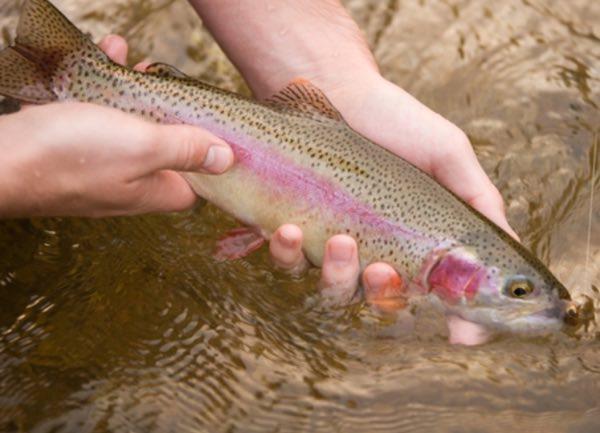
Trout harvest begins February 1
Lakes in Jackson, Farmington and Perryville are stocked and ready.
Cape Girardeau, Missouri - The Missouri Department of Conservation (MDC) says trout may be harvested from Rotary Lake in Jackson, Giessing Lake in Farmington and Legion Lake in Perryville beginning Feb. 1.
According to Mike Reed, MDC fisheries management biologist, fishing has been variable this winter due to weather extremes.
“If the lakes aren't frozen, we should have an excellent opener to the trout harvest season,” Reed said.
Reed said MDC stocked trout in November at the start of the catch-and-release season.
“These fish provide a tremendous amount of fishing opportunity through the fall and winter months when warm water fishing is at a lull,” Reed said, adding that in addition to catchable-size fish, a few “lunker” trout were also stocked at each lake.
Reed reminds anglers they must release trout caught now through Jan. 31. Starting Feb. 1, any bait may be used and four trout may be kept regardless of size. All anglers between the ages of 16 and 64 must have a valid Missouri fishing permit and any angler harvesting trout must possess a trout permit.
Many anglers frequently catch limits of trout using light weight or ultra-light fishing tackle or fly tackle. Reed recommends anglers use 2-4 lb. test line, small hooks and little or no added weight to their line. Popular baits include almost any type of small spinner, small crank baits, natural baits such as worms and cheese and commercially produced dough baits.
Last Updated on January 25th 2018 by Dee Loflin
https://showmetimes.com/Blogpost/v9ke/Trout-Harvest-Begins-February-1-2018

